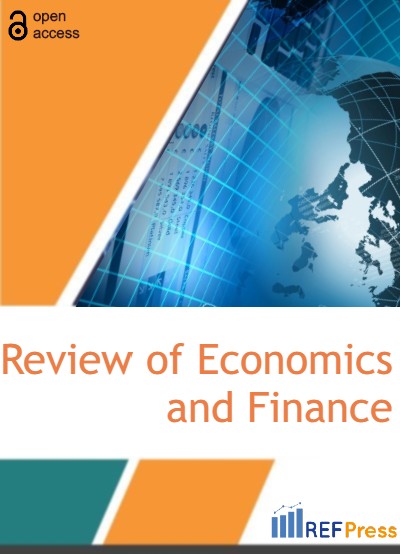
Forensic Demography: An Overlooked Area of Practice among Applied Demographers
(Pages 836-844)Emeritus David A. Swanson1, Jeff Tayman2 and T.M. Bryan3
1Department of Sociology, University of California Riverside, 900 University Ave, Riverside, CA 92521, U.S.A.
2Department of Economics, University of California San Diego, 9500 Gilman Dr, La Jolla, CA 92093, U.S.A.
3Bryan Geo Demographics, Midlothian VA 23113.
DOI: https://doi.org/10.55365/1923.x2022.20.94
Abstract:
The term “forensic economics” is widely recognized within civil legal circles in the United States, and is usually understood to involve the calculation of damages from personal injury, death, and employment loss. Forensic demography is a term that is not widely recognized because it has only been used in a handful of civil rights and related cases. In this paper, we argue that applied demographers have skills that apply to civil cases involving the calculation of damages from personal injury, death, and employment loss. We do this by identifying the equivalencies and similarities in core measures and concepts, albeit with different names, used by forensic economists and applied demographers. We also illustrate these commonalities with a hypothetical case assessing the present value of damages in a loss of life civil case and discuss some challenges facing an applied demographer who would like to move into the field of forensic demography. We conclude with the observation that applied demographers are well equipped to extend forensic demography into civil cases of this nature.
Keywords:
present value, forecasting, forensic economics, future value, life table, models, longevity, present value, working life, value of human life.
JEL Classification:
K13, J17.
How to Cite:
Emeritus David A. Swanson, Jeff Tayman and T.M. Bryan. Forensic Demography: An Overlooked Area of Practice among Applied Demographers. [ref]: vol.20.2022. available at: https://refpress.org/ref-vol20-a94/
Licensee REF Press This is an open access article licensed under the terms of the Creative Commons Attribution Non-Commercial License (http://creativecommons.org/licenses/by-nc/3.0/) which permits unrestricted, non-commercial use, distribution and reproduction in any medium, provided the work is properly cited.
